Sacroiliitis
What is Sacroiliitis?
Sacroiliitis is the inflammation of one or either both sacroiliac joints. These two joints are found where the sacrum (the triangular last area of the spine) meets the ilium (a portion of the pelvis).
Sacroiliitis is a familiar origin of lower back pain or ache in the buttocks or thighs. It is frequently hard to diagnose since many other diseases cause aches in the same places. The ache of sacroiliitis can involve the:
buttocks
lower back
legs (one or both)
hips (one or both)
feet (not as familiar)
Sacroiliitis is the primary element in ankylosing spondylitis. Ankylosing spondylitis is a rheumatic condition that causes joint or junction inflammation and immobility in the spine and hips. It is a kind of arthritis that is progressive.
Anybody can bring sacroiliitis. Nevertheless, ankylosing spondylitis, which has sacroiliitis as the main element, is less familiar and is seen more frequently in Caucasians. Inflammation of the sacroiliac joint or junction may appear secondary to osteoarthritis, spondyloarthropathies, pregnancy, and trauma.
Histopathology
Common degenerative results indicate destruction and fibrosis of the cartilage and erosion, disruption, and ossification of subchondral bone. Synovitis also is generally seen which indicates hyperplasia of linings cells with infiltration of inflammatory cells. Degenerative enthesitis also shows inflammatory cells. Infectious etiologies of sacroiliitis show plasma cells, lymphocytes, and fibrosis. Notably, some people will lead no histopathologic differences.
Sacroiliitis Symptoms
The most familiar symptoms of sacroiliitis contain some mixture of the following:
- Fever
- Pain, generally low back ache, leg ache (may be in the front of the thigh), hip ache, and/or buttock ache
- Pain that is aggravated when sitting for a prolonged time, and more harmful when moving over in bed
- Immobility is found in the hips and low back, particularly after reaching out of bed in the morning or after sitting still for a long time.
What causes sacroiliitis?
Inflammation of the sacroiliac joint or junction causes most of the symptoms of sacroiliitis. Many medical diseases cause inflammation in the sacroiliac joint or junction, involving:
- Osteoarthritis -This kind of wear-and-tear arthritis can happen in the sacroiliac joints or junctions and results from the breakdown of ligaments.
- Ankylosing spondylitis – This is a kind of inflammatory arthritis of the joints or junctions of the spine. Sacroiliitis is frequently an early symptom of ankylosing spondylitis.
- Psoriatic arthritis – This inflammatory disease causes joint or junction pain and swelling as well as psoriasis (scaled patches on the skin). Psoriatic arthritis can induce inflammation of the spinal joints or junctions, involving the sacroiliac joints or junctions.
Other causes of sacroiliitis include:
- Trauma – A drop, motor vehicle mishap, or another injury to the sacroiliac joints or junctions or the ligaments helping or surrounding the sacroiliac joint or junction can induce symptoms.
- Pregnancy – Hormones induced during pregnancy can loosen the muscles and ligaments of the pelvis, causing the sacroiliac joint or junction to turn. The weight of pregnancy can also stress the sacroiliac joint or junction and lead to the wearing of the joint or junction.
- Pyogenic sacroiliitis – This is a periodic infection of the sacroiliac joint or junction induced by the bacteria Staphylococcus aureus.
Epidemiology
Information on the majority of sacroiliac aches varies widely. Some analyses report the majority as 10% to 25% of those with lower back aches. In those with an actual diagnosis, the expression of ache was ipsilateral buttock (94% of patients) and midline lower lumbar region (74%). As noted previously the display can differ. Up to 50% of patients have radiation to the lower extremity: 6% to the upper lumbar region, 4% percent to the groin area, and 2% percent to the lower abdomen region.
How is sacroiliitis diagnosed?
Physical examination
Sacroiliitis typically shows as a lower back ache. The ache display differs greatly, and people could explain ache in one or both buttocks, hip ache, thigh ache, or even ache more distal. People may say that their ache is more harmful after sitting for extended periods or with rotational motions. Characterization of aches also differs widely and is generally defined as sharp and stabbing but can also be defined as dull and achy. It is very essential to show more than only the timing and descriptions of the ache. Ask about a record of inflammatory diseases as examined previously. Also, get a specific review of systems to assess for systemic symptoms like chills, fevers, night sweats, and weight loss. These symptoms are expressive of a more severe process showing likely systemic disease.
Although not always clear, an assessment can show pelvic asymmetry. Measurement of the limbs can judge out a leg-length dissimilarity. Examine the spine for any irregular curvatures or rotational irregularities. Generally, the neurologic, range of movement, and strength testing are unremarkable although people may feel pain during some of these tests.
Particular provocative tests can be very useful in reproducing people’s pain:
Fortin finger sign- recurrence of ache after applying deep palpation with the four-hand fingers posteriorly at the patient’s SI joint or junction (s).
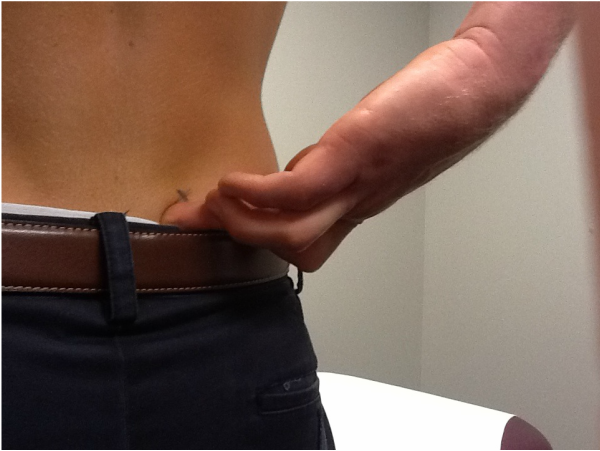
FABER test– recurrence of ache after bending the hip joint while also abducting and externally rotating the hip.

Sacral distraction test- recurrence of ache after applying force to the anterior superior iliac spine-ASIS.
Iliac compression test- recurrence of ache after applying force downward on the superior part of the iliac crest.
Gaenslen test- recurrence of ache after having the patient bend the hip joint on the uninvolved side and then dangle the involved leg off the examining table. Force is then run downward on the leg to expand further the hip joint, which causes pressure on the SI joint or junction.
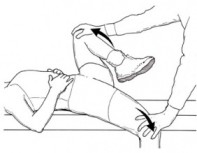
Thigh thrust test- recurrence of ache after bending the hip and applying a posterior shearing pressure to the SI joint or junction.
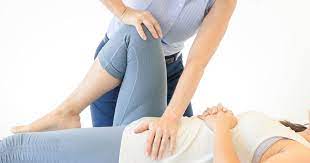
Sacral thrust test- recurrence of ache with the patient in a prone position and then applying an anterior force via the sacrum.
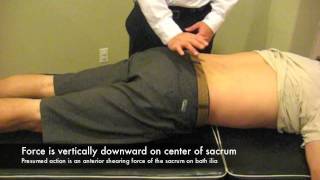
The possibility of SI joint or junction-refereed pain increases as the digit of positive-provocative tests increases.
Lab tests
Your doctor or physician will ask you about your medical record, involving any previous inflammatory diseases or conditions. Other diagnostic tests involve:
Blood work – Blood result examines for indications of inflammation.
Imaging tests – CT scans, X-rays, and/or MRI scans may be ordered if the doctor or physician doubts damage is the origin of the ache or to look for differences in the sacroiliac joint or junction.
Classification
grade 0: normal
grade I: suspicious differences (some blurring of the joint or junctions margins)
grade II: minimum abnormality (small localized regions with erosion or sclerosis, with no alteration in the joint or junction width)
grade III: unequivocal abnormality (moderate or progressive sacroiliitis with erosions, proof of sclerosis, narrowing, widening, or partial ankylosis)
grade IV: severe abnormality (full ankylosis)
Treatment of Sacroiliitis
Medical treatment
Treatment varies on your signs and symptoms, as well as the reason for your sacroiliitis.
- Medications. Depending on the reason for your ache, the following may be suggested:
- Pain relievers. If over-the-counter ache drugs don’t deliver sufficient ease stronger versions of these medications may be requested.
- Muscle relaxants. Drugs like cyclobenzaprine (Amrix, Fexmid) might help decrease the muscle spasms frequently associated with sacroiliitis.
- TNF inhibitors. Tumor necrosis factor (TNF) inhibitors [for example adalimumab (Humira), etanercept (Enbrel), and infliximab (Remicade)] frequently assist to reduce sacroiliitis that’s associated with ankylosing spondylitis.
- steroid injections can be conducted for diagnostic and medicinal results. If the situation continues (6 to 8 weeks) with no progress of at least 50 percent, reprise corticosteroid injections. Later, start strengthening activities involving sit-ups and weighted side curves. Begin with the general exercise of the back and rise gradually to low-impact walking or swimming. Bring up routine exercises with good care of the back.
- If the previous therapies do not supply sufficient relief, then some providers will evaluate radiofrequency ablation.
Physiotherapy treatment
Physical therapy can be very useful if the ache is due to hypermobility. Therapy can assist to stabilize and boost lumbopelvic musculature. If the ache is due to stiffness, then physical therapy can assist in improving the mobilization of the SI joint or junction. Depending on the diagnosis subsequent methods may be used.
In the early therapy phases heat, cold or alternating cold with heat is useful in decreasing aches.
SI Belt
In the early phase, a pelvic belt or girdle during training and activities of everyday living can be used. These SI belts supply compression and decrease SI mobility in hypermobile people. The belt should be placed posteriorly across the sacral bottom and anteriorly below the superior anterior iliac spines-ASIS. This belt may even be used when this situation evolves chronic (10-12 weeks).
Flexibility Exercises
Once the acute symptoms are under management, the patient can begin with flexibility activities and specific stabilizing activities. To keep SI joint and lower back flexibility, stretching activities are principal. These activities involve knee-chest pulls, side-bends, and pelvic rocks to lengthen the paraspinal muscles, the gluteus muscles, and the SI joint or junction. After hyperacute symptoms have been fixed these types of activities should be initiated. Per stretch is completed in sets of 20. These activities should never reach people’s level of mild discomfort.
Stabilisation exercises
Typical pelvic stabilizing activities, postural instruction, and exercise muscles of the trunk and lower extremities can be helpful in people with sacroiliac joint or junction dysfunctions. See core strengthening
After rehabilitation, low-impact aerobic activities like light jogging and water aerobics are designated to control reproduction.
If the person has a leg length discrepancy or an altered gait mechanism, the most dependable treatment would be to fix the underlying weakness. Sacroiliitis is also a characteristic of spondyloarthropathies. This issue, this situation should also be treated.
Exercise for Sacroiliitis:
Hamstring stretches
Get down on the bottom and lie on your back in a supine position, with your buttocks close to an entrance. After then, expand your unhurt leg in front of you on the bottom, via the entrance. Raise your involved leg and put it against the wall after the doorframe, maintaining your leg as straight as you can. While you’re accomplishing this, you should experience a stretching sensation in the back of your thigh. Maintain the position for 15-30 seconds; recount three times.

Hip adductor stretch
Lie down on your back in a supine position, flex your knee joints and put your feet flat on the bottom. Extend your knee joints separated carefully to stretch your inner-thigh muscles. Keep it for 15-30 seconds; recount three times.
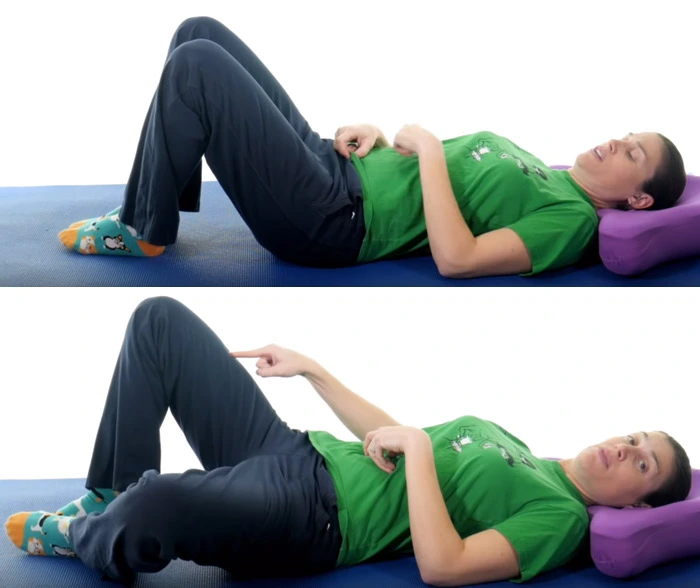
The piriformis muscle expands over your hip, and it can irritate your SI joint or junction when it’s tight. To assist stretch that muscle, lie on your back in a supine position with your knee joints flexed and feet flat on the bottom. Gradually lift your right leg and obtain your right knee joint toward your chest. Slightly drag the leg in until you feel a relaxing stretch in your buttock(s). Maintain the stretch for 30 seconds, then drop your leg. Replicate on your opposite leg. Recount per side 3 times daily, as required. Maintain your stretch for 30 seconds to allow muscle fibers to elongate and comfort. Recall exhaling during the stretching exercise.
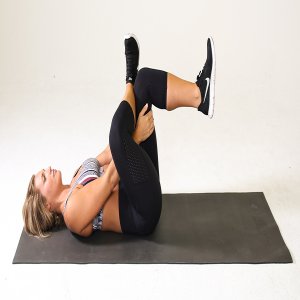
Glute exercises
Lie down on your stomach in a prone position, legs directly out behind you. Press your buttock muscles jointly and maintain for five seconds, then rest for further 5 seconds. Accomplish two sets of 15.
Lower trunk rotation
Lie down on your back in a supine position, knee joints flexed, and feet flat on the bottom. After then, pull your stomach and press your lower back into the bottom. While maintaining your shoulders down flat, slightly turn your legs to one side as distant as you can, then accomplish this to the further side. Recurrence 10 to 20 times.
One knee-to-chest stretch
Lie on your back in a supine position, legs directly out in front. Obtain one knee joint up to your chest and hold the back of your thigh. After then, drag the knee joint toward your chest to lengthen your buttock muscle. Maintain for 15 to 30 seconds, then return to your initial position. Recount three times per side.
Both knees to chest stretch
Lie down on your back in a supine position, knee joints flexed and feet flat. Pull up your stomach muscles and press your lower back into the bottom. Subsequent, drag both knee joints to your chest and maintain for five seconds, then rest for five seconds. Recount this 10 to 20 times.
Back bridge stretch
Lie on your back in a supine position, knee joints flexed, arms opposite to the body, and palms opposite to the bottom. Press your buttocks and lift your hips off the bottom to obtain your body into a consecutive line. Maintain for five seconds, then gradually lower yourself to the bottom again. Recount eight-10 times.
Isometric hip adductor stretch
Sit on the bottom in a sitting position directly on the floor, knee joints flexed 90 degrees with a cushion put between them and feet flat on the bottom. Press the cushion slightly with your knee joints for five seconds, then rest for five seconds. Achieve two sets of 15 repetitions.
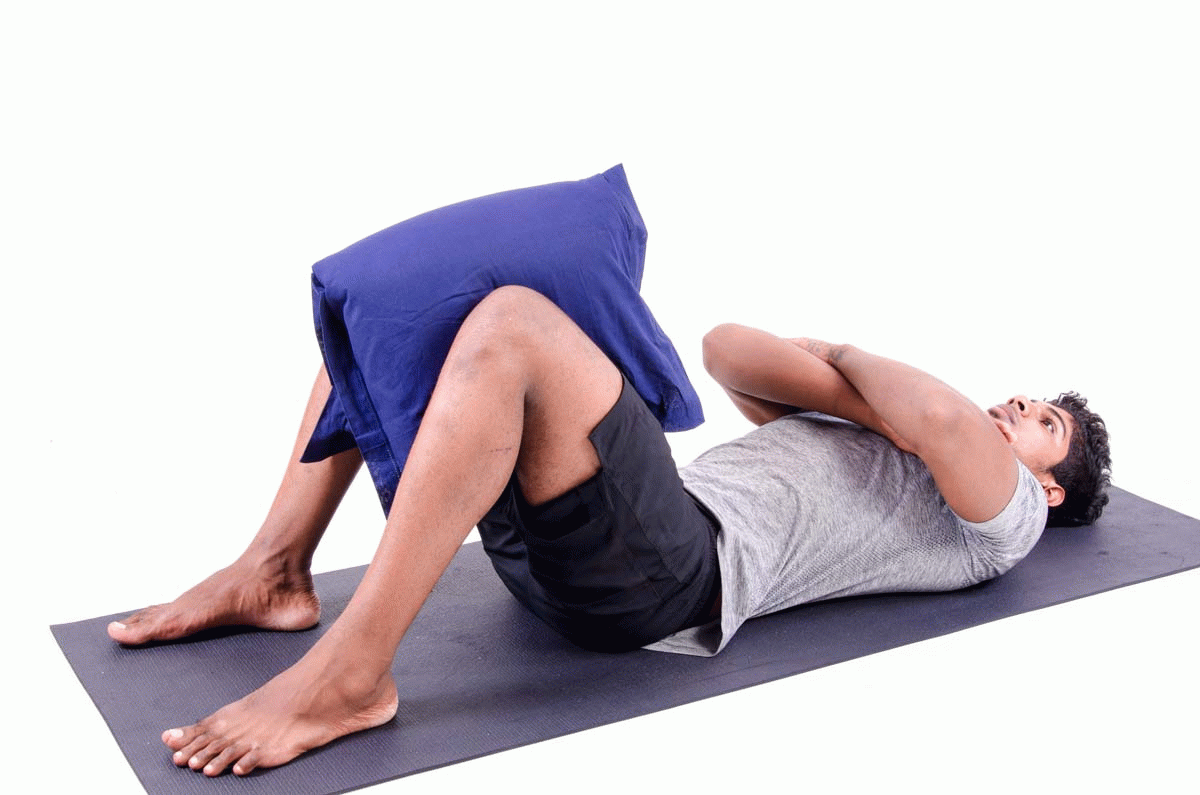
Quad stretches
Put your feet an arm’s length out from the wall, with your damaged side put distance from the wall. Face forward, holding yourself stable by placing one hand opposite the wall. Bring your further hand, hold your involved-side ankle, dragging your heel toward your rear end. Maintain your knee joints together, and be mindful not to arch or turn your back, to control causing further damage, and hold the ankle on your damaged side and drag your heel toward your buttocks. Maintain for 15-30 seconds.
Yoga exercises for SI pain
Many yoga poses offer useful stretching for SI joint or junction pain ease. They can assist to boost the sacroiliac joint or junction to decrease pain, and even prevent future issues. Nevertheless, it is essential to perform the poses perfectly, and not exaggerate them. If not done good, these actions could end up doing more hurt than good. If you’re in mistrust, inspect with a local yoga professor or studio for information and as always, it’s wise to talk with an orthopedic physical therapist.
Cobra pose
Lie on your stomach in a prone position, legs extended back with the tops of your feet on the bottom. Extend your hands on the bottom under your shoulders, elbows folded into your body. Pushing your feet, thighs, and pubic bone into the bottom, raise your upper body off the bottom. Maintain for five seconds, and then lower your body back down.

Locust pose
Lie on your stomach in a prone position with your arms along your sides (palms up), your forehead relaxing on the bottom, and your big toes toward each other to assist to turn your thighs inward. Raise your head, arms, upper body, and legs out from the floor this will exit your lower ribs, stomach, and front of your pelvis relaxing on the bottom. Raise your arms to parallel to the bottom and slightly stretch your back, and look up barely. Maintain for 15-30 seconds, then relax.
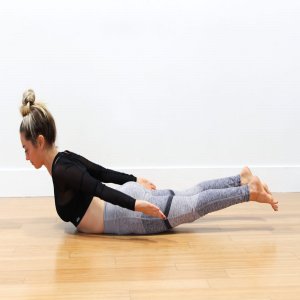
Bow pose
Lie down on your stomach in a prone position, arms along your body hands palm up. Flex your knee joints and obtain your heels as near to your buttocks as you can. Arrive back and hold your ankles, making it foolproof that your knee joints aren’t distributed broader than your heels. Raise your feet and upper body, being mindful not to tighten your back muscles. Maintain the pose for 15-30 seconds, then rest. Other SI joint pain relief exercises
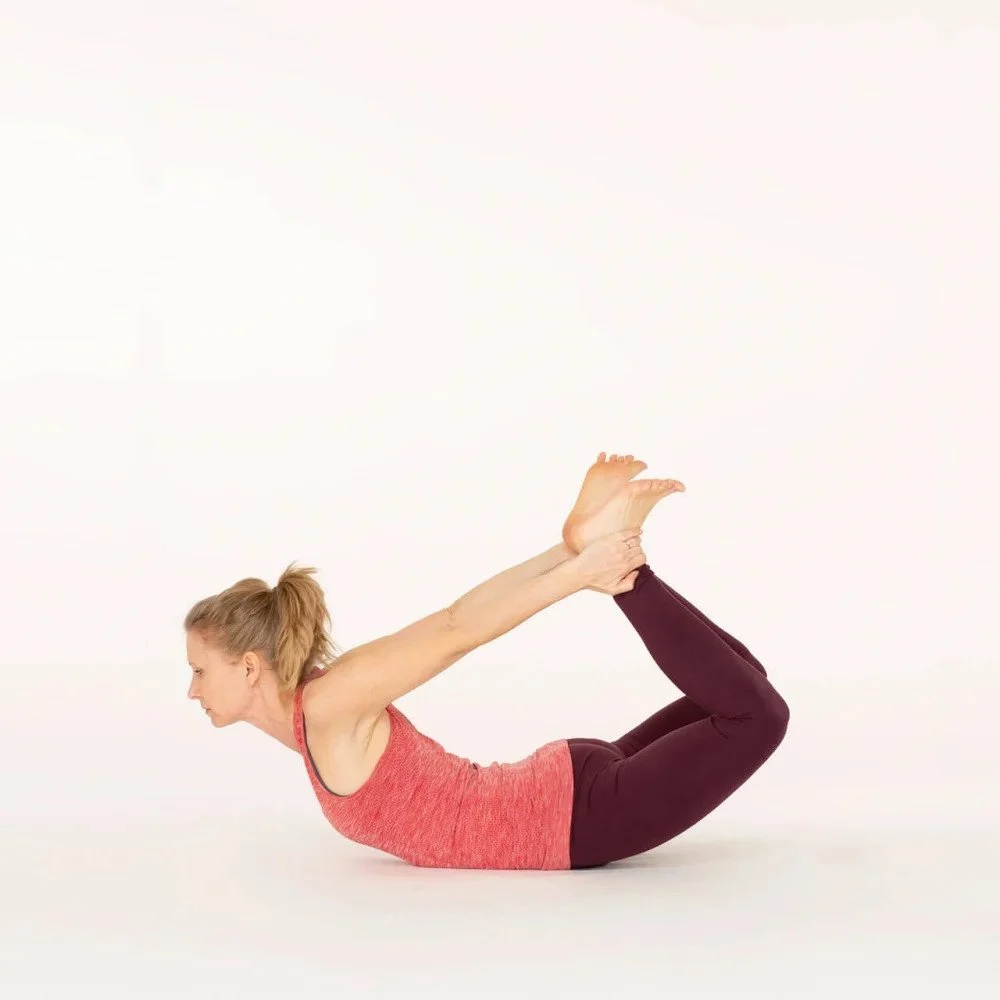
Water workouts
Aquatic exercise normally is comfortable on your body’s joints however, some swimming strokes can stress the sacrum, so a softer water activity might be more useful. Aquafit and different water aerobics schedules take a spot at the external end of the pool. A professor instructs you via a set of exercises developed to strengthen muscles without placing an excellent deal of pressure on your joints or junctions.
Walking
Walking at an effortless pace can assist to reduce different kinds of joint or junction and back aches. It’s essential that you don’t exaggerate it, though. Place on a pair of supported, relaxed, low-heeled shoes and begin slow, with a journey of about 20 minutes or so. If you don’t detect any pain, sense free to speed up the pace and/or add time to your journey.
Biking
A short bike ride can be a fantastic activity for SI joint or junction aches. It can improve blood flow to the involved area without placing too much pressure on the SI joint or junction. Don’t overdo it, though an extremely long ride can harm, instead of an asset.
Sacroiliac joint pain exercises to avoid
Some sports and activities can worsen sacroiliac joint or junction pain. If your sorrow from sacroiliitis, try to minimize or remain away from these movements:
Sit-ups
Abdominal crunches
Golf
Tennis
Weightlifting
Football
Basketball
Biking for extended periods
In general, any physical movement that needs you to turn and bend at the hips, confront in physical touch, or raise heavy weights or things is something you should avoid to assist recover your sacrum.
Surgery
Fusion Surgery for Sacroiliitis
If you have attempted several non-surgical treatments with no victory, it may be a moment to talk to your doctor or physician about surgery for sacroiliitis. Surgery to manage sacroiliitis is infrequently required.
Surgery to fuse one or both SI joints or junctions, which is known as SI joint or junction stabilization or SI joint or junction fusion, controls the joints or junctions from moving, and this may assist reduce pain. Like several kinds of spine surgery, you may have the chance to have the process performed traditionally (or open) or minimally invasively.
Radiofrequency denervation radio frequency energy could harm or destroy the nerve tissue inducing the ache.
Electrical stimulation transplanting an electrical stimulator into the sacrum can minimize aches induced by sacroiliitis.
Proper Posture for Sitting with Sacroiliitis
- Maintain your weight evenly spread over your bottom
- Sit with your knee joints separated and barely hinged out
- Sit in a position that maintains your lower back defended, however comfortable
- Put a cushion or a rolled-up towel after your back to support your lumbar spine
- Sit erect with your chest forward and let your shoulder blades comfort
- Don’t let your knee joints cross your midline
- Sit on an activity ball or a ball pillow, it permits your tailbone to be free and triggers your core muscles as you try to keep balance
- Sit in the stitcher’s position, with feet under you and ankles intersected
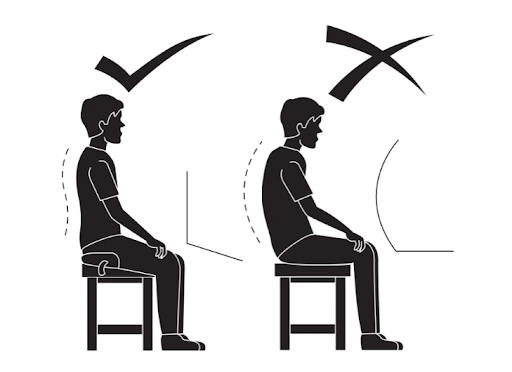
How Should I Sleep better if I Have SI Joint Pain?
Knowing how to sleep perfectly when you have a low back ache can be difficult. For many patients, it’s practice and a mistake. To assist you to find ache ease at nighttime we’ve made a list describing how you should position yourself if you have SI joint or junction dysfunction.
- Lie on your side with the acheful side up
- Flex one of your legs up while napping
- Relax the aching hip backward
- Nap with a contoured cervical cushion under your head and a cushion under your upper arm to maintain your spine aligned in its biological position
- Avoid napping on your stomach
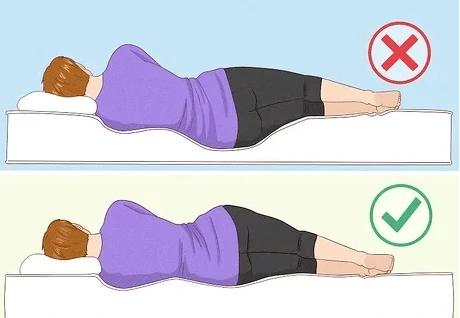
Find the Right Mattress
There is no good mattress that suits every body style and sleep type. It is an individual option, per individual you speak to will have another view. With SI ache you will want to look for a mattress that keeps your lower back and permits you to maintain your back in its biological alignment. A gentle mattress will work nicely for someone with broader hips and those who rest on their sides. A good mattress normally provides adequate lumbar spine assets.
Sleeping Tips
Your nighttime routine and everyday routines can transform how relaxed you feel in the morning. Take a glance below at our best sleeping advice to assist you to feel relaxed and rejuvenated.
Here’s what the right sleeping posture looks like.
- Pursue a sleep pattern each night to assist prepare both your mind and body for bedtime
- Attempt not to nap during the day
- Maintain your bedroom cool and shady
- Avoid alcohol and caffeine
- Include SI joint or junction stretches and exercises into your daily habit
- Use a cushion in between your knee joints if you nap on your side or under your knee joints if you nap on your back. This will not put stress on your lower back
- Attempt to avoid turning your torso to one side for an elongated duration of time
Differential Diagnosis
- Ankylosing spondylitis
- Hip tendonitis/fracture
- Piriformis syndrome
- Sacroiliac joint infection
- Trochanteric bursitis
Complications
Chronic back pain and hip aches
Muscle wasting
Conclusion
The prevalence of people with sacroiliitis has a fantastic result. However, the healing may take 2-4weeks. Reproductions are typical if people do not alter their lifestyles. Some sequences report a reproduction rate of over 30%.
Sacroiliitis is best addressed by an interprofessional group that consists of a physician rheumatologist, physical therapist, and dietitian. Patient instruction is the key to useful outcomes. All people should:
Be advised that the disease is mild and will enhance with conservative measures.
Be inspired to participate in a regular training schedule, lose weight, consume healthily, and if suitable quit smoking.
Participate in a Home activity schedule to assist to control deconditioning.
What are the home remedies that can help?
Home remedies and activities can assist to decrease sacroiliitis, apart from drugs and other methods. They involve:
- Limit long sitting. Long duration of sitting can induce tightness and immobility in your back which, in turn, can exacerbate SI joint or junction aches. Attempt to get up and move around, stretch, or take a brief walk at least one time every 50-60 minutes.
- Alter your sitting place. The best habit to sit with SI joint or junction pain is by maintaining your hips level with each other and your sit bones in contact with your chair. This can control the straining of the ligaments around your SI joint or junction. Maintain your knee joints barely separated and avoid crossing your legs. Numerous times, it may be more relaxed for the SI joint or junction if your hips are above your knees to keep the regular arc in your back.
- Rest-avoiding actions that aggravate sacroiliitis. Resting can decrease someone’s inflammation.
- Ice and Heat Alternatively, putting an ice or heat pack on the involved place can relieve sacroiliitis.
- In hip flexion exercises, people must lie on the back in a supine position with their legs on top of a container or a few cushions, cross their legs over the further legs, press both legs jointly, and release them.
FAQ
What is the leading cause of sacroiliitis?
Sacroiliitis is related to inflammatory arthritis of the spine. The inflammation may have additional causes, involving autoimmunity, exercise, microtrauma, and in some patients, infections. Sacroiliitis can also be associated with Crohn’s condition, ulcerative colitis, inflammatory bowel disorder, and gout.
What should you not do with sacroiliitis?
Try not to get your knee joints to your chest, twist, do sit-ups, or flex from the waist with your knee joints extended. Running should be restricted until you’re on the mend. You’ll also like to stay out from movements where you move your weight from one leg to the other, such as step aerobics, golfing, or ice skating.
How serious is sacroiliitis?
Left unmanaged, sacroiliitis induces a loss of mobility for some patients. Unmanaged aches also can disrupt your bedtime and lead to psychological diseases such as depression. Sacroiliitis associated with ankylosing spondylitis can progress over a period.
Is sacroiliitis permanent?
The prevalence of people with sacroiliitis has a fantastic effect. Nevertheless, the healing may take 2-4weeks. Reproductions are familiar if people do not modify their lifestyles. Some sequences report a repetition rate of over 30%.
How can I permanently fix SI joint pain?
For most patients with sacroiliac (SI) joint or junction aches, medicine, physical treatment, and injections are sufficient to take care of the issue. But if they don’t hit the ache out in 6 months, your doctor or physician may recommend more severe therapy, involving surgery. The SI joint or junction is situated between two bones, the sacrum, and the ilium.

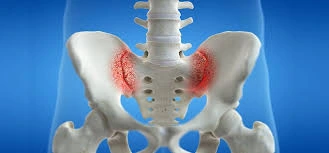
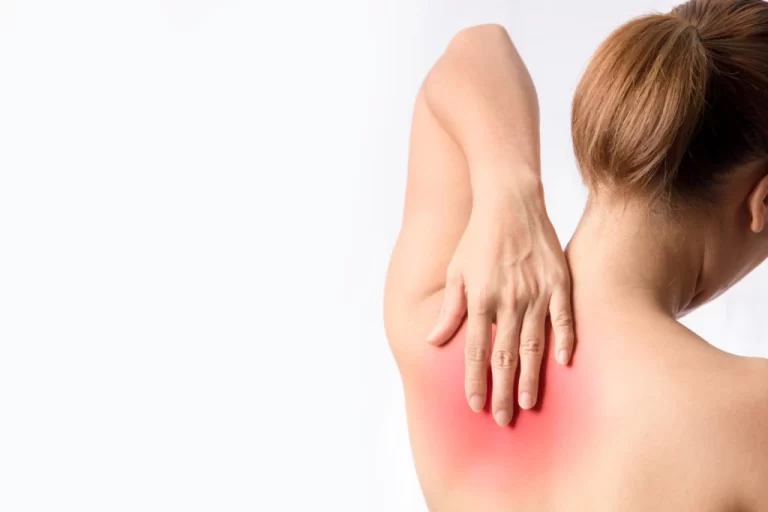

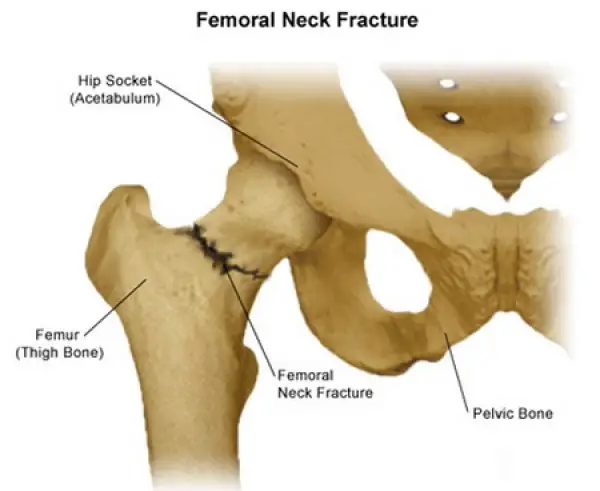
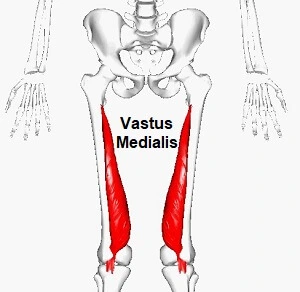
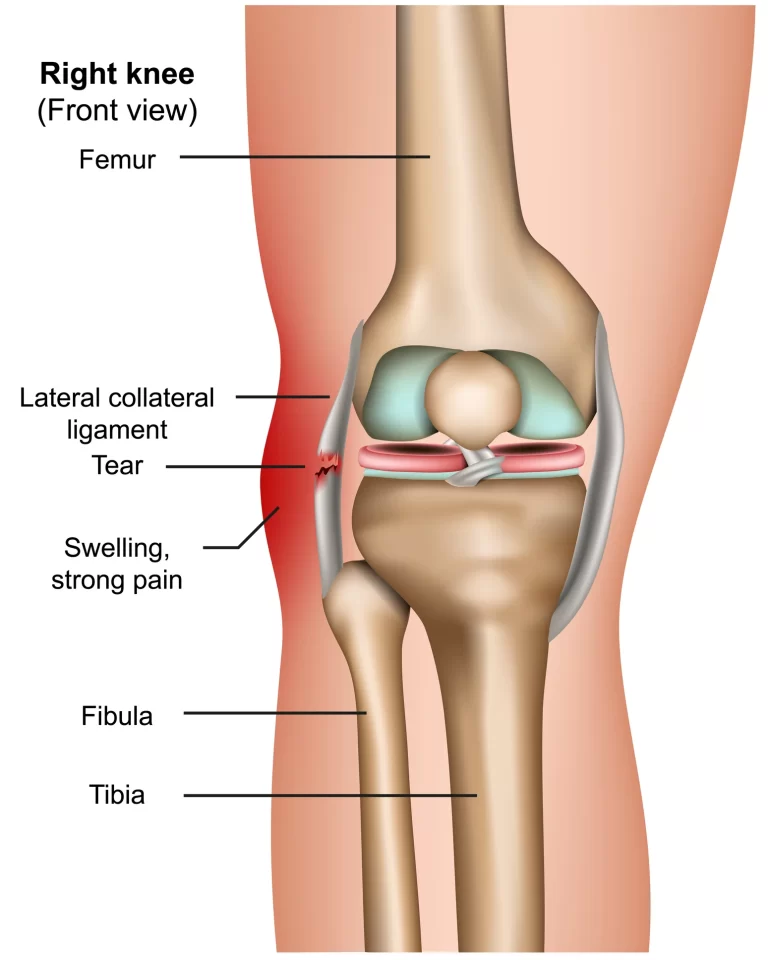

6 Comments